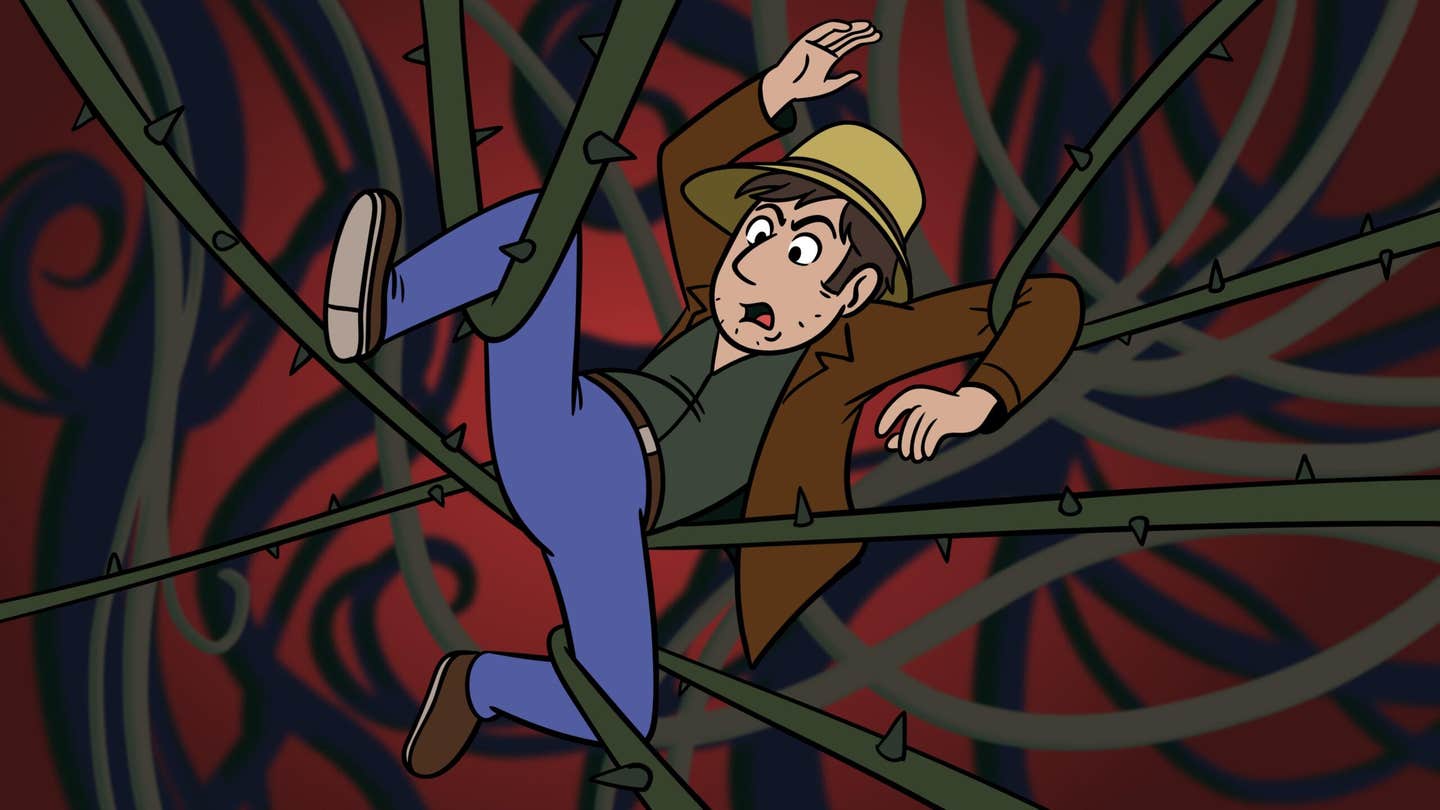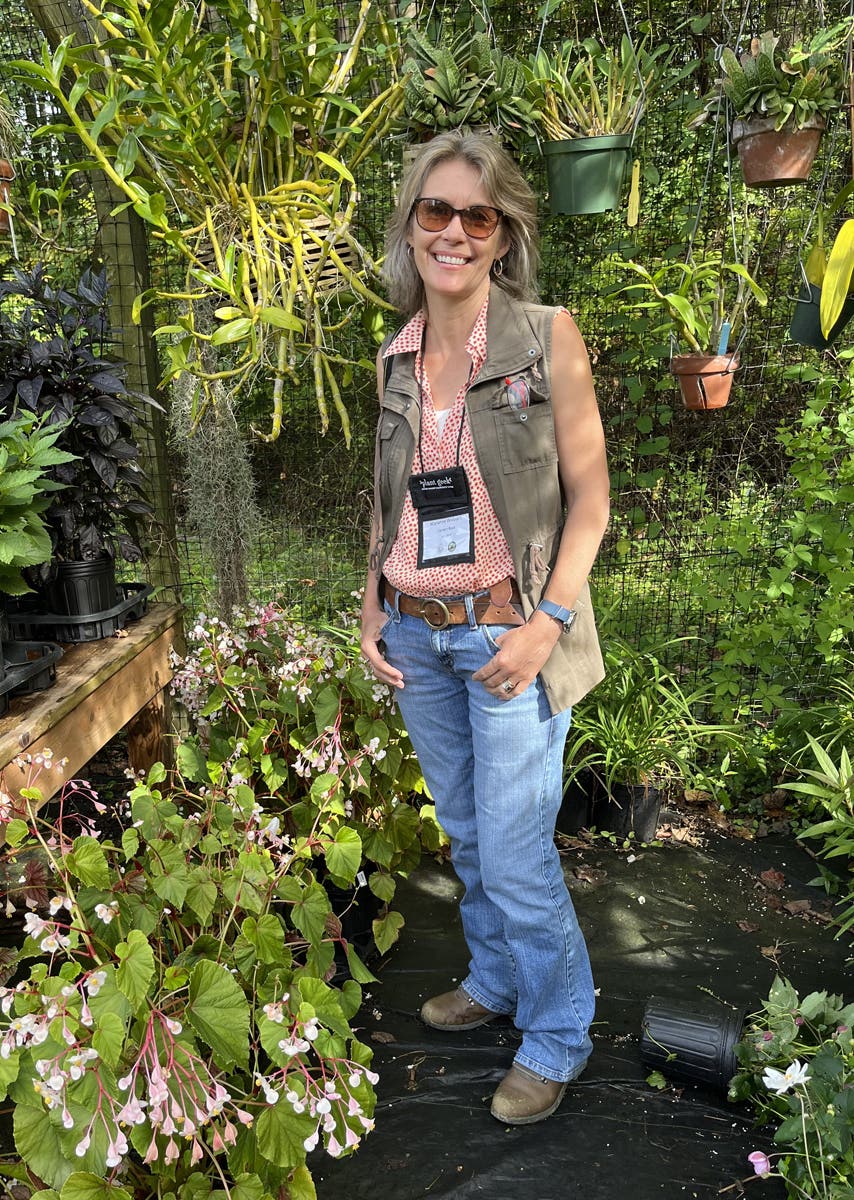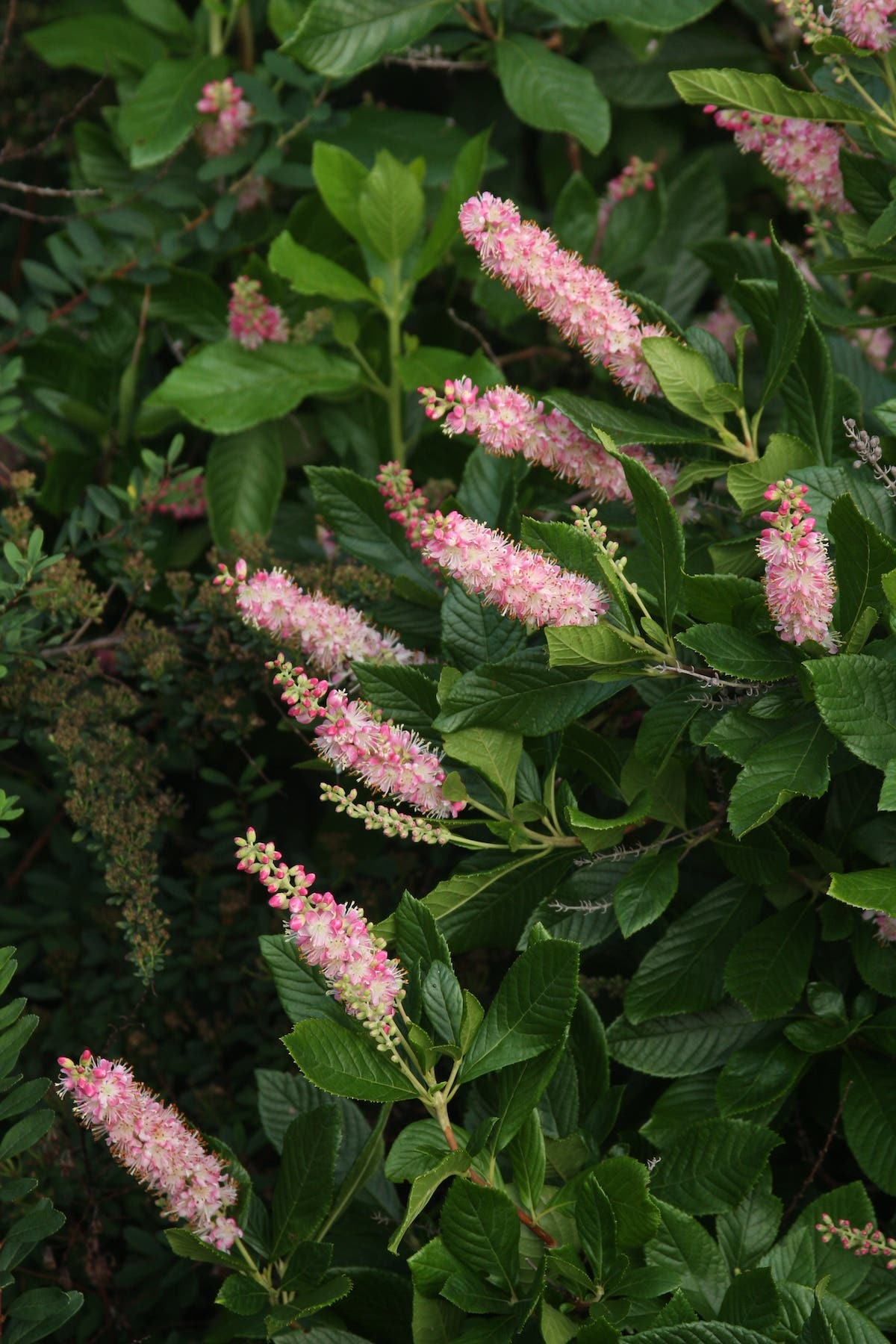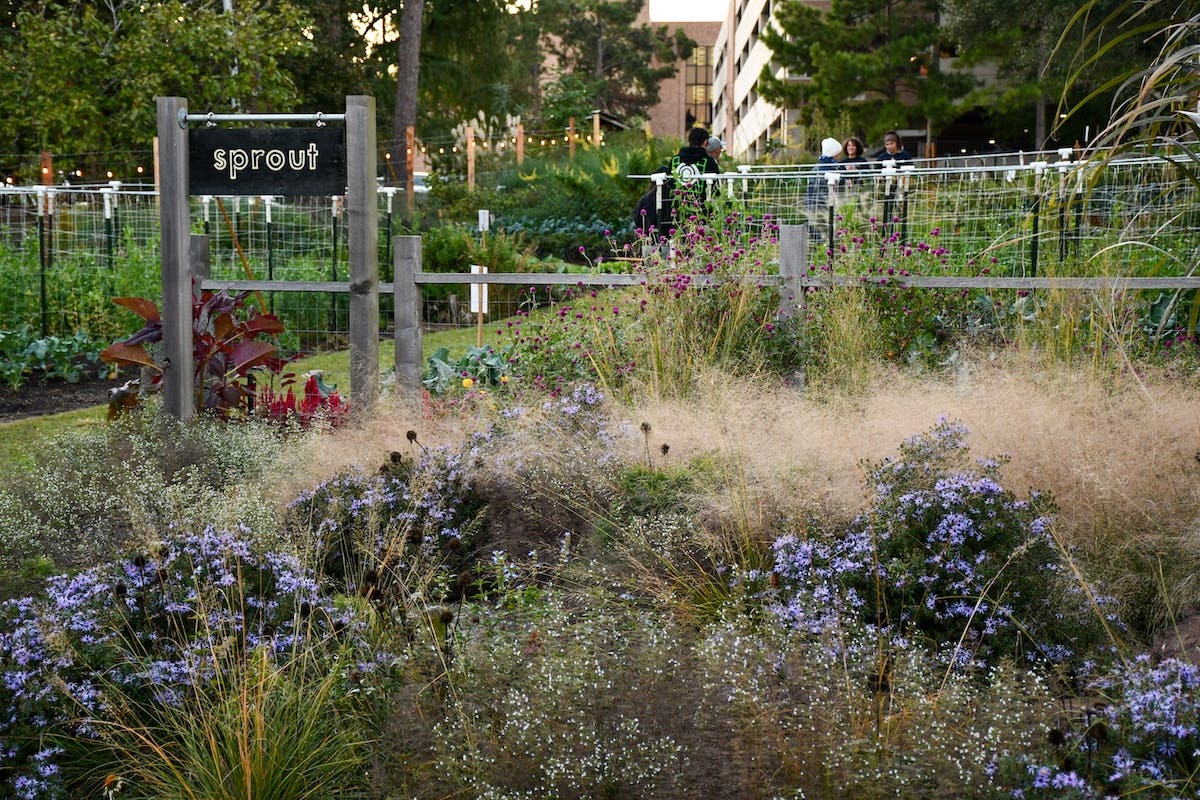The Case for Cluttered Design
I have to admit I’m a bit greedy when it comes to plants. I make a planting plan and bring my list to the garden center, but I’m apt to…
I have to admit I'm a bit greedy when it comes to plants. I make a planting plan and bring my list to the garden center, but I'm apt to stray from it if I see something exciting. And this year I have a toddler who finds all plants exciting egging me on. She rides in the cart at our local garden center and greets just about any plant I pick up with a screech or a squeal. It's all leading to a "unique" look in my garden . . . hints of a nice design, with oddballs smooshed into odd places. I found a comforting passage in a garden book this past weekend.
I was rereading Flowerpots: A Seasonal Guide to Planting, Designing and Displaying Pots by Jim Keeling, a British potter. His company, Whichford Pottery, makes over 30,000 hand-thrown terra-cotta pots a year. Aside from making pots, Keeling loves to garden, and he and his employees are constantly cooking up new combinations to display in their containers. It's a beautiful book, with photographs by Andrew Lawson; it offers much planting inspiration plus an interesting behind-the-scenes look at the life of a pot maker, several stunning British gardens, the Chelsea Flower Show, and more.
Anyway, the passage that caught my eye recently follows. (Best read in a British accent.)
"My usual design response to a small space is to make it seem larger by engaging the eye with lots of detail. This is not to everyone's taste, however, and at Chelsea I have also been through a minimalist phase, all gravel, tufts of grass, cut stone, and stainless steel poles, which was greatly appreciated by European designers. The immediate stimulus was a new range of modern pots with a strong simple design that I had made. Yet, while I enjoyed the postmodernism as an exercise, I am too romantic a gardener for such simplicity, and too messy. I prefer the friendly chaos of complicated plantings that allow you the freedom to make changes whenever you want and to follow your whims. By contrast, as design gets simpler, any deviation from the original concept begins to radically alter the balance of the whole."
What about you—do you follow your whims and keep your garden complex and chaotic, or take a more organized, streamlined approach?







